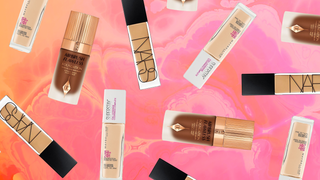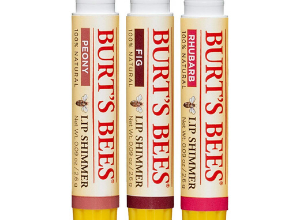
The primary contact focal points were made of glass, in 1888. At first, the glass was blown however soon focal points were made by being ground to shape. For the initial fifty years, glass was the main material utilized. The cheap colored contact lenses were slight, at this point reports of injury were uncommon. In 1938 perspex (polymethylmethacrylate, or PMMA) started to supplant glass in contact focal point produces. PMMA focal points were simpler to deliver so the development of glass focal points before long finished. Focal points made of PMMA are called hard focal points. Delicate contact focal points were first delivered in 1961 by Czech compound designer Otto Wichterle utilizing polyhydroxyethylmethacrylate (pHEMA), a material that accomplished long-haul business applications. Focal points made of polyacrylamide were presented in 1971.

Utilizations of scleral focal points
- Clinical purposes
Scleral focal points might be utilized to further develop a vision and decrease torments and light responsiveness for individuals with a developing number of problems or wounds to the eye, like serious dry eye disorder, microphthalmia, keratoconus, corneal ectasia, Stevens-Johnson condition, Sjögren’s condition, aniridia, neurotrophic keratitis (sedative corneas), intricacies post-LASIK, higher-request variations of the eye, confusions post-corneal transfer and translucent degeneration. Wounds to the eye, for example, careful intricacies mutilated corneal inserts, as well as substance and consume wounds likewise might be treated by the utilization of scleral focal points. Scleral may likewise be utilized in individuals with eyes that are excessively touchy for other more modest corneal-type focal points, however, require a more unbending focal point for vision remedy conditions like astigmatism.
- Embellishments
Scleral focal points are in no way related to “sclera” focal points, which are delicate focal points and don’t contain a liquid supply. “Sclera” contacts are utilized in motion pictures like the whited-out eyes of the beasts in Evil Dead, or shut down eyes in Underworld and Underworld: Evolution, or the Star Trek episode Where No Man Has Gone Before. These focal points can become awkward when worn for significant stretches of time and can now and again hinder the entertainers’ vision, yet the special visualizations created can strike. These focal points can be exclusively painted, albeit most organizations just sell focal points with a pre-planned look which are incredibly well known for Halloween and cosplay extravagant dress ensembles.
- Eye development estimation
In tests in ophthalmology or mental science, scleral focal points with implanted mirrors or with inserted attractive field sensors in the type of wire curls (called scleral loops) are normally utilized for estimating eye developments.
Planning
- Current scleral focal points are made of a profoundly oxygen penetrable polymer. They are extraordinary in their plan in that they fit onto and are upheld by the sclera, the white part of the eye. The reason for this interesting situating is normally pertinent to a particular patient, whose cornea might be excessively delicate to straightforwardly uphold the focal point. In contrast with corneal contact focal points, scleral focal points swell outward significantly more.
- The space between the cornea and the focal point is loaded up with counterfeit tears. The fluid, which is contained in a slight versatile supply, adjusts to the abnormalities of the distorted cornea, permitting vision to be reestablished easily. This assists with giving the patient BCVA, or Best Corrected Visual Acuity.
- Scleral focal points vary from corneal contact focal points in that they make a space between the cornea and the focal point, which is loaded up with liquid. The prosthetic utilization of the focal points is to cover or “wrap” the visual surface, giving a remedial climate to dealing with the serious visual surface infection. The outward lump of scleral focal points and the fluid-occupied space between the cornea and the focal point likewise adjust to unpredictable corneas and may kill corneal surface inconsistencies.



